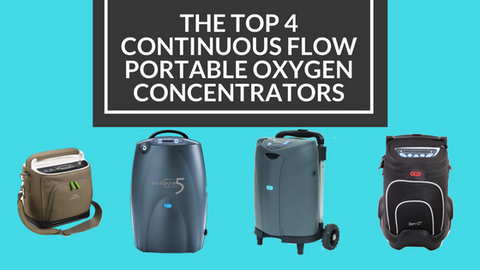Respiratory Resource Center - LPT Medical
5 Ways to Transform your Finances: Portable Oxygen Concentrators Will Save You Money
Many Americans have struggled to make decisions about...
Read MoreThe Top 4 Continuous Flow Oxygen Concentrators
When you depend on supplemental oxygen to keep you...
Read MoreHow to Better Manage Your COPD Symptoms in the Summer
There's always so much to look forward to during...
Read More

